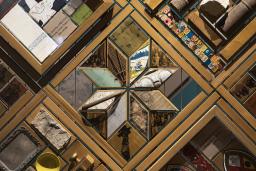All Stories: Ready to explore?
Human rights stories are all around us. We explore contemporary and historic human rights stories, from Canada and around the world.
Stories 1 – 20 of 82
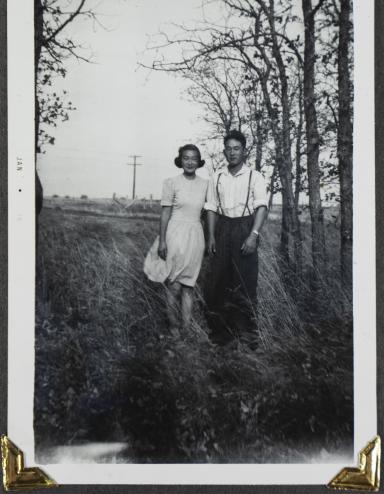
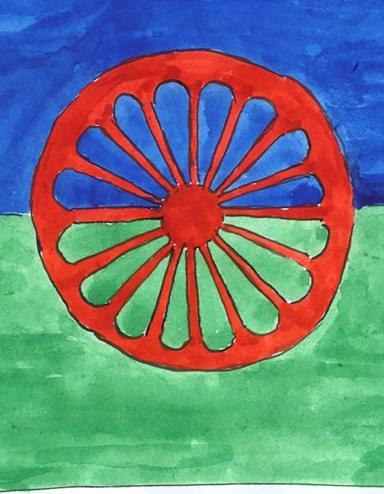
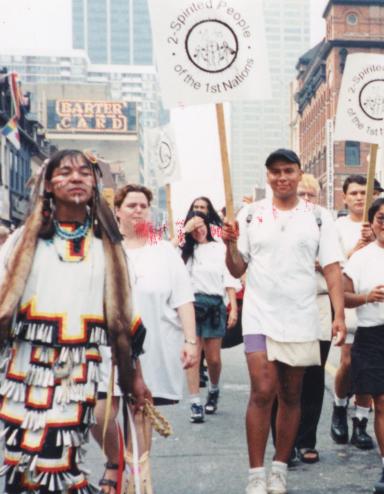
Information Disorder in Times of Conflict
By Saranaz Barforoush, Ph. D. and Shayna Plaut, Ph. D.
Tags:

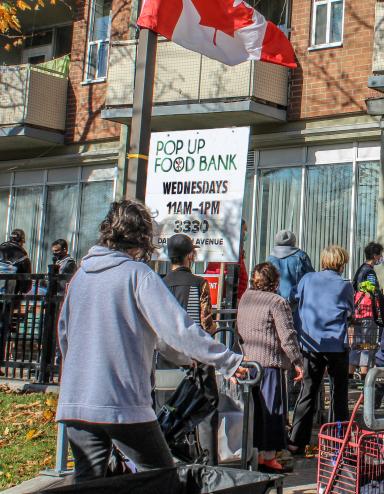
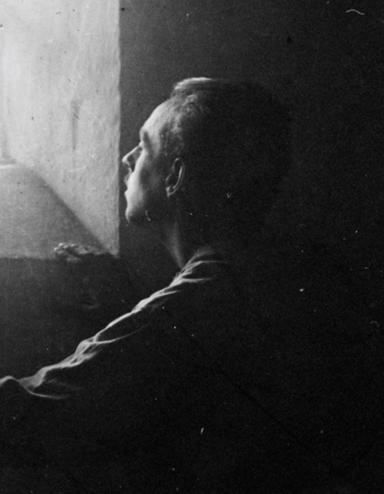
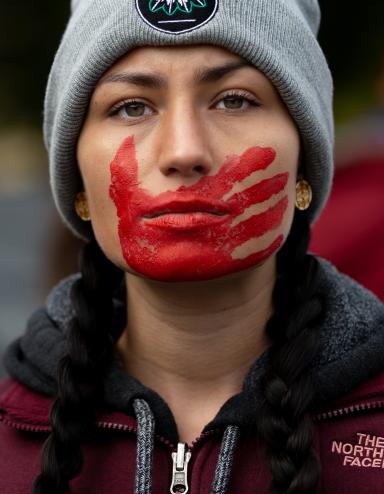
“My future children will never get to experience the home I knew”
By Damhat Zagros
Tags:

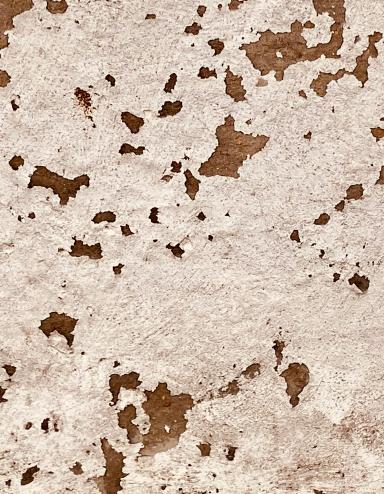
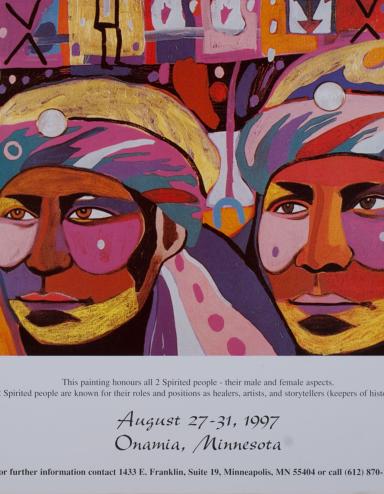
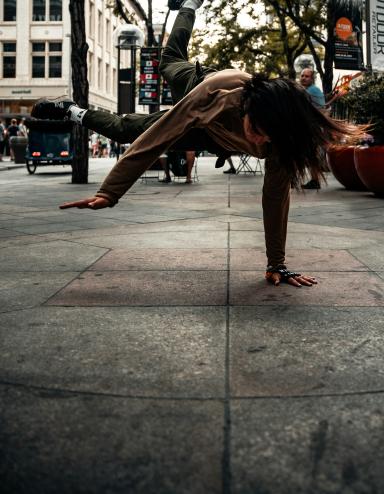
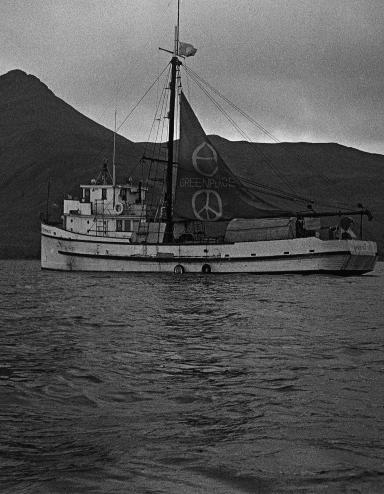
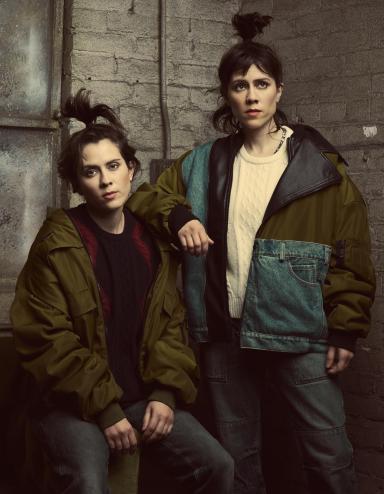
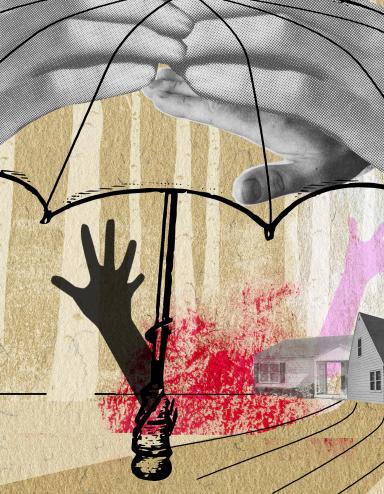
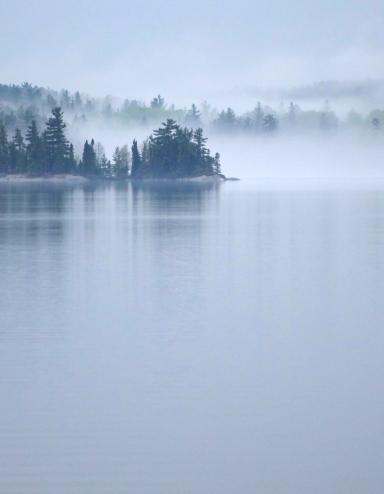
Black Lives Matter and the struggle for racial justice in Canada
By Debra Thompson
Tags:
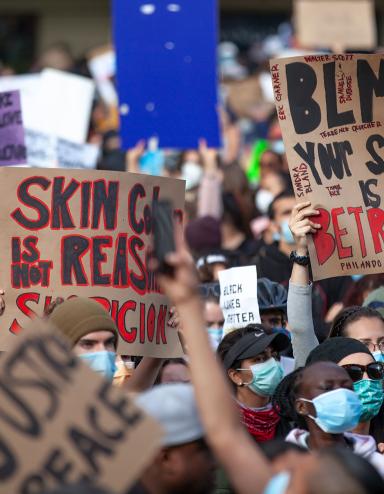
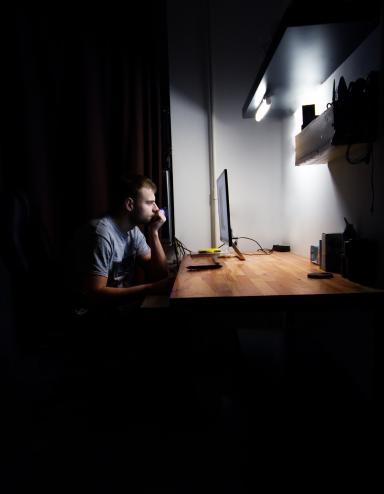
Caring for the Witness Blanket
By Skylar Wall, Cindy Colford, Carolyn Sirett, Stephanie Chipilski and Carey Newman
Tags:

Shikata Ga Nai / It Can’t Be Helped
By Travis Tomchuk
During the Second World War Japanese Canadians were labelled enemy aliens, forced to leave the West Coast for internment camps or farms, and were dispossessed of their homes and businesses. This story documents the experiences of the Yamadas and Nishiharas during that tumultuous time.
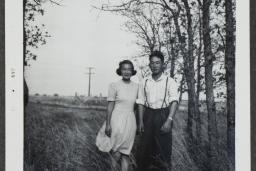
We are Roma
By Gina Csanyi-Robah with Shayna Plaut, Ph. D.
This is our story of activism against injustice, racism and discrimination.

The Re‐emergence of 2Spirit People in the 21st Century
By Albert McLeod
Two‐Spirit individuals were cherished in Indigenous cultures, Albert McLeod writes, but European colonizers imposed rigid, binary definitions of gender and sexuality that activists are working to dismantle.

She said | He said
By Leslie Vryenhoek, editor
Performing in drag is an old art form that is experiencing a new mainstream popularity. But in recent years, drag has also become a lightning rod for those who oppose 2SLGBTQI+ rights and expression. Drag storytime for children, in particular, has drawn ire from protestors.
Information Disorder in Times of Conflict
By Saranaz Barforoush, Ph. D. and Shayna Plaut, Ph. D.
The distortion of facts doesn’t just blur the truth — it shapes how the world sees a conflict, downplaying real suffering and making it easier to see others as “the enemy.” Disinformation is a direct threat to human rights. We see examples of this weapon of war taking a toll in conflicts today.
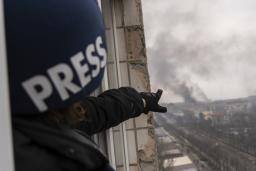
Freedom from want
By Leslie Vryenhoek
When the Universal Declaration of Human Rights was being negotiated, one forward‐thinking Canadian included economic, social and cultural rights in the draft. Decades later, everyone’s right to a standard of living adequate for their health and well‐being still requires attention and action in Canada and around the world.

Persecution of queer Canadian soldiers in wartime
By Sarah Worthman
Modern anti‐2SLGBTQI+ hate echoes the myths and prejudices of the past, threatening to erase queer soldiers’ stories again.
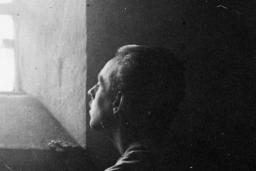
Every Canadian’s responsibility
By Karine Duhamel
MMIWG2S+ through the lens of Canadian and international law.

“My future children will never get to experience the home I knew”
By Damhat Zagros
A first person’s reflection on being forced from home and wrestling with what that means for him and for future generations. The article provides evocative narrative as well as background on international law as it relates to refugees and internally displacement peoples and the intergenerational effects of trauma and displacement.
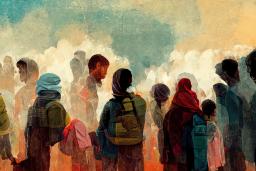
The Impact of War on Children Worldwide
By Shelly Whitman Ph. D.
“The world is waging war on its children, in an obscene mockery of international law,” wrote Simon Tisdall in The Guardian. In 2022, one in six of all children on the planet were living in conflict‐affected areas. As of 2024, we are witnessing unprecedented levels of attacks against children in armed conflict areas. How can we protect our youth?

What Is Two‐Spirit? Part One: Origins
By Scott de Groot
Discover the history and meaning of Two‐Spirit. The term speaks to community self‐determination, rejects colonial gender norms and celebrates Indigenous sexual and gender diversity.
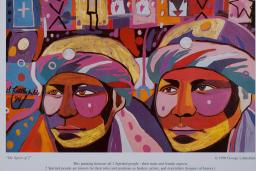
Heartbeat of a People
By Dave McLeod
First Nation, Inuit and Métis music has demonstrated remarkable resilience and adaptability throughout history. Music by the people is still at the heart of who they are, as it has been for millennia.
Beyond the Beats and Rhymes Is Life
By Mark V. Campbell (DJ Grumps)
For decades, hip hop has spoken truth to power. Its lyrics, rhythms, dance and art express youth culture, challenge inequality, and resonate around the world.

The Amchitka Campaign
By Barbara Stowe
Music played a key role in the founding of Greenpeace. Joni Mitchell, James Taylor and others played a benefit concert to raise money for its momentous first mission.
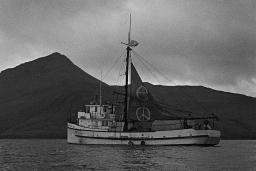
An interview with Tegan and Sara
By CMHR Curatorial Team
Tegan and Sara, identical twin sisters hailing from Calgary, Alberta, have been performing together for more than 25 years. The sisters have openly identified as queer and as such, their music has motivated, encouraged and inspired a generation of LGBTQ+ and feminist fans at home and abroad.

Gender‐based violence across Canada
By Julie S. Lalonde
Violence limits and threatens the lives of women in Canada every day. The legal system and communities can do more to support and defend targets of male violence.
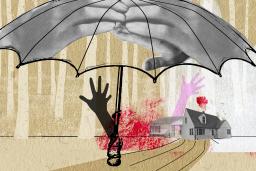
Treaty 3: Honouring its truths
By Carlie Kane
Treaties were meant to ensure peaceful co‐existence between settlers and Indigenous peoples. But they became instruments of colonial control. Together, we can return to the original goal of mutual respect and care.

Black Lives Matter and the struggle for racial justice in Canada
By Debra Thompson
Protest movements reveal and resist the injustice of systemic racism in Canada. Black community activism includes public protest, policy change and collective care.

Online misogyny: the “manosphere”
By Steve McCullough
Digital misogyny is on the rise. Why do some men and boys get drawn into – and even seek out – extremist influencers and groups?

Caring for the Witness Blanket
By Skylar Wall, Cindy Colford, Carolyn Sirett, Stephanie Chipilski and Carey Newman
Discover the collaborative, decolonizing approach taken to preserving the Witness Blanket as a monument commemorating Canada’s residential schools.
